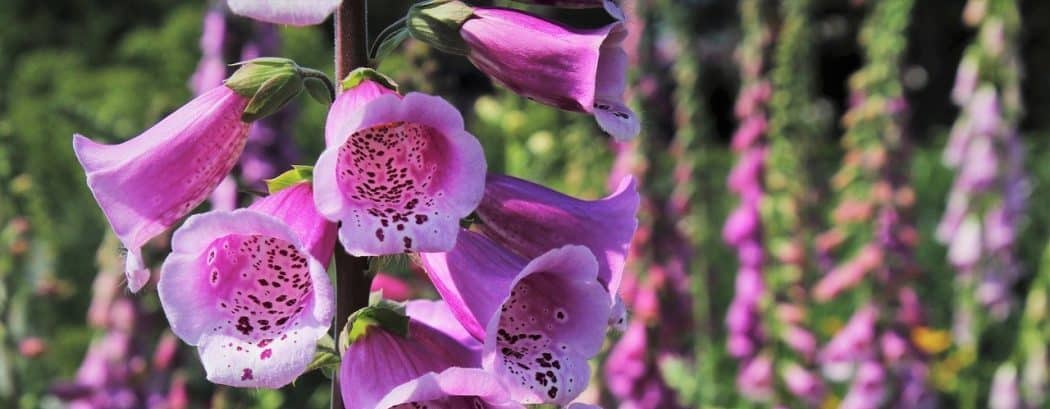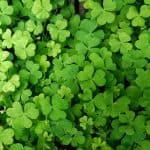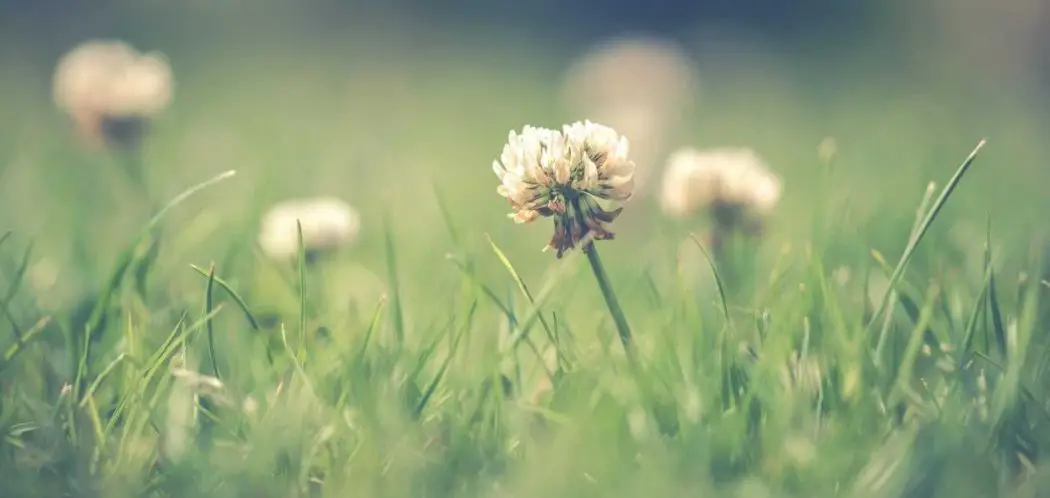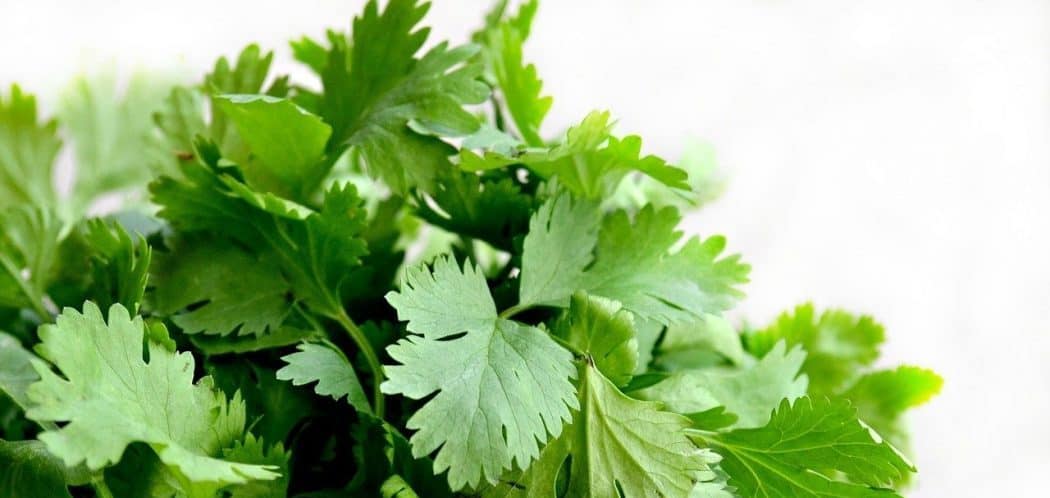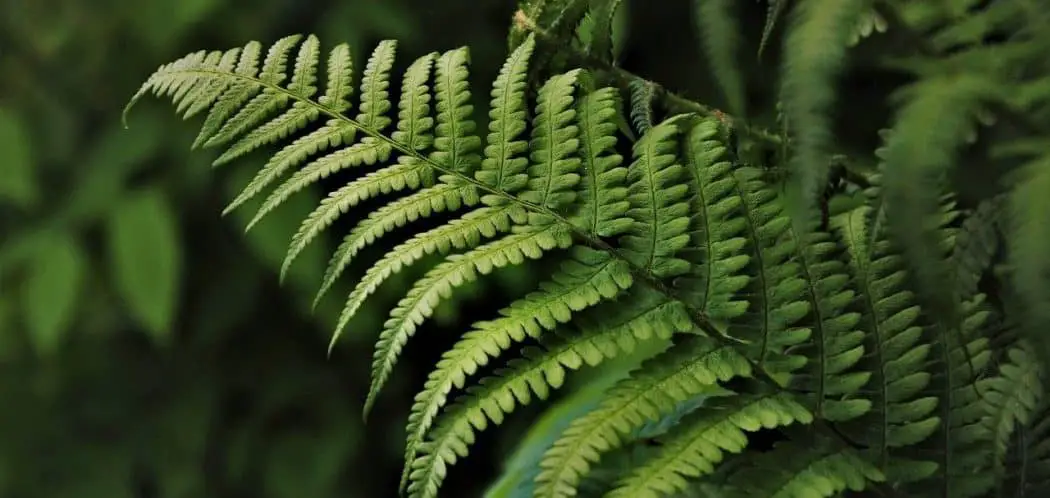There are a few different species of foxgloves, with the common foxglove being the most popular. It is a tall, thin plant that has tubular flower blooms. It grows quickly, and usually has flowers by the second season. In the first year, it has foliage, but then, the next year, it has stalks that are between two and five feet with flowers in pink, white, and purple.
Some people start them as seeds, but many buy them in their second year to have flowers right away. It is also important to note that it is toxic to people and pets, with the flowers, leaves, stems, and seeds all containing chemicals that can be dangerous for the heart. They grow in zones three through eight.
What Does a Foxglove Look like?
The foxglove grows to be between two and five feet tall in its second year, and it has pretty flowers in pink, white, and purple. They are shaped like funnels, and they often have spots on the throat that are white or purple. In the first year, they produce a basil clump of foliage, so people often buy them from a nursery in their second year.
Weeds That Look Like Foxgloves
There are other weeds that resemble foxgloves. Foxgloves spend their first year without flowers, so it is easy to confuse these other weeds for them. Take a look at the following.
Comfrey
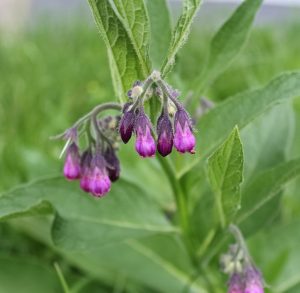
Comfrey is a weed that can be mistaken for foxglove. Before it flowers, they have a similar look. The leaves are similar, but comfrey leaves don’t have teeth, so they have smooth edges. Comfrey is a perennial herb, and it has deep tap roots that find nutrients in the soil, and it grows very easily.
The leaves of this weed do a great job of absorbing nitrogen, phosphorus, and potassium, as well as iron and calcium, and they have low fiber content. They decompose easily, and they do not rob the soil of nitrogen in the process. Common comfrey can take over an area and spread, while Russian comfrey usually stays where you plant it. People often use it as a medicinal herb.
In medieval times, herbalists used comfrey for its properties that promote healing in connective tissue, bruises, burns, and muscle sprains. It is a shrub that can grow across North America, and it can reach five feet in height. It produces clusters of purple, white, and blue flowers.
Great Mullein
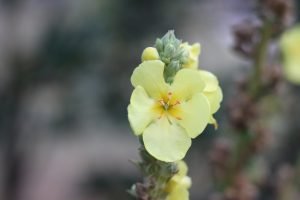
Great mullein is a perennial herb or weed, and it can grow just about anywhere. You will often find it along roadways, peeking out of cracks in rocks, or in large fields. The leaves can resemble a foxglove before it blooms, but they do have smooth edges. The problem with this weed is that it will use all of the water available wherever it grows. It absorbs so much water so that it can tolerate droughts.
This weed has also been used as an herbal remedy for many centuries, and it was brought to the New world in the 1600s by the colonists. They would make tea to soothe respiratory issues, and it has antiviral and anti-inflammatory properties as well. It has also been used for earaches, and the plant doesn’t contain any toxic compounds.
When it flowers, it has a cone of buds in bright yellow. It enjoys good drainage and a sunny area. It will form rosettes in the first year, then it will stalk in the second year and die. However, it reseeds year after year, so it will continue growing.
Green Alkanet
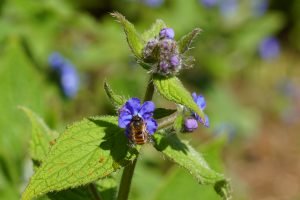
Green alkanet also goes by evergreen bugloss or evergreen alkanet, and it is on the monitor list for weeds. It grows up to 3.3 feet tall, and it has thick roots that grow deep into the soil. The parts of the plant are covered in stiff hairs. It grows flowers in clusters on long stems. Each flower has five petals, and they are symmetrical. They are blue with a white center.
They look like foxgloves, but the leaves of the foxglove feel soft while this plant’s leaves feel bristly. It grows in gardens, woodlands, and along roadways. It is commonly found in the western part of North America, especially in British Columbia, Washington state, and California. It can spread, but not as rapidly as other weeds. You can dig it up if you want to remove it. You can also prevent seeding by cutting the flowering stems.
Green alkanet is a member of the forget-me-not family of plants, and it grows tall and produces pretty flowers. It is related to comfrey and borage, but it doesn’t cover the ground as quickly. However, it can reseed, and its seeds can lay dormant for long periods of time in the soil. Although it resembles foxglove, its flowers are not as tubular.

